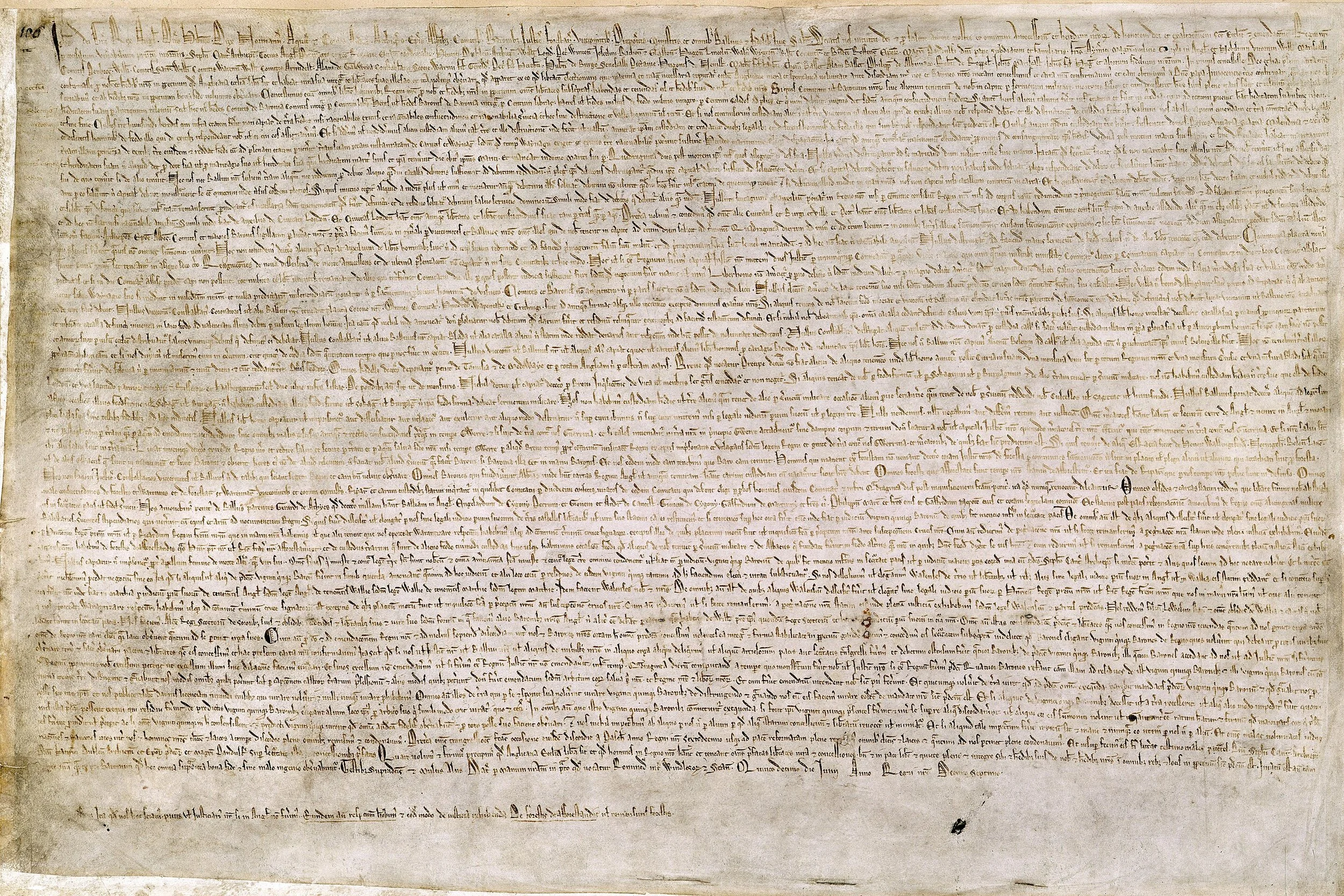Magna Carta: The long road to rights and liberty
1215 at Runnymede
If you ever have the chance to step inside Durham Cathedral, a UNESCO World Heritage Site, you will encounter one of the surviving copies of the Magna Carta, alongside the Charter of the Forest. These centuries-old parchments are preserved to document humanity’s centuries-old struggle for rights and liberty.
Even in 2025, when human rights are under pressure across the globe, the importance of these documents has not faded. It can feel overwhelming to realise that the fight for dignity, justice and freedom has stretched across centuries and is still unfinished….
That is why a quick return to history matters. It offers us a moment to reflect on how far we have come, what past generations endured and fought for under far harsher conditions than we face today, what they valued and believed in and what we, in our own time, are still challenged to defend and carry forward.
Origins and Impact
The Magna Carta, sealed in 1215 at Runnymede by King John of England, was born out of conflict. English barons and church leaders, frustrated by high taxes and arbitrary royal power, forced the king to accept a set of reforms. While the agreement initially sought to settle immediate grievances, it carried a deeper message: the king must govern within the law, not above it.
Among its most enduring clauses was the promise of due process:
“No free man shall be arrested or imprisoned… except by the lawful judgment of his peers or by the law of the land.”
This principle became the setting stone for modern concepts of liberty and justice, influencing everything from property rights to limits on taxation.
Relationship Between King and People
For the first time, Magna Carta acknowledged that ordinary people, particularly commoners and landholders, had rights that even the sovereign could not violate.
Two years later, the Charter of the Forest reinforced this by protecting the economic rights of commoners, granting them access to resources such as woodlands, grazing land and rivers.
Together, these charters marked a turning point in governance in the UK. Authority was no longer absolute; it was tempered by collective moral, human and economic rights.
Enduring Legacy
Across the centuries, the Magna Carta inspired movements for justice and equality. Its principles shaped English legal institutions such as jury trials and habeas corpus, and were repeatedly invoked during times of political crisis.
These ideas migrated to Britain’s colonies and left a profound imprint on American constitutionalism, echoed in the US Constitution and Bill of Rights.
Modern Parallels: From Runnymede to Washington
The Magna Carta’s spirit lives on in modern democracies, but it is also tested in moments of political tension. In the United States, debates about presidential power under Donald Trump is bringing renewed attention to these principles.
Questions surrounding executive authority, judicial independence and accountability echo the medieval struggles between monarchs and the people. Then, as now, the heart of the issue is whether any leader, whether king or president, can place themselves above the law and whether people believe in liberty, justice and equality.




